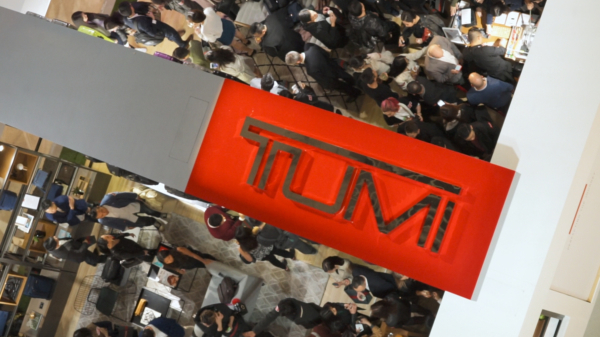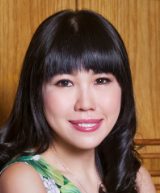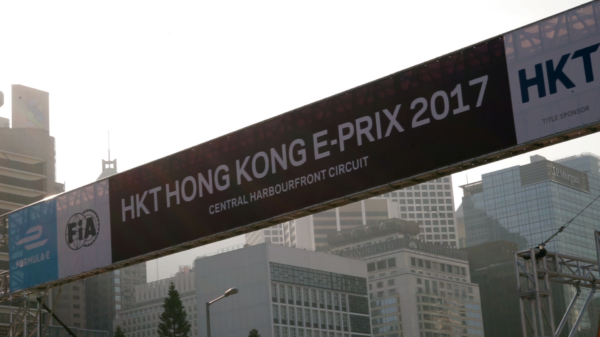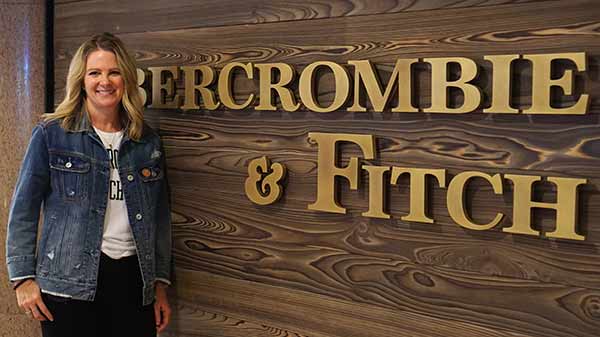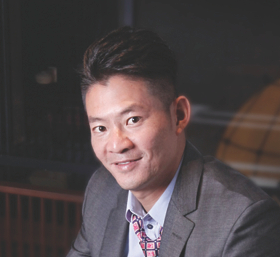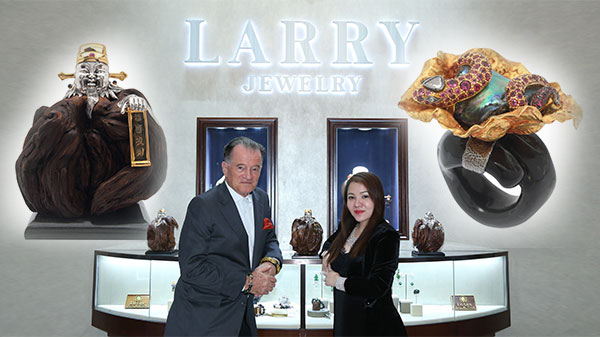
Margaret Lee is an artist and the founder of MARET Fine Jewellery, a recently launched brand celebrating Hong Kong craftsmanship in the world of haute joaillerie.
When did you first realise you wanted to become an artist?
Ever since I was born. I started drawing in kindergarten and never stopped. Any time I picked up a pen, I intuitively knew what to do next – where to make a mark, and whether the colour was right or wrong. I drew on denim jackets and running shoes. I designed aprons, wooden boxes, travel bags, mahjong tables – everything I could get my hands on. I believe I was born with it.

Chinese families often want their children to become doctors, lawyers or bankers – but as an artist you chose the road less taken. Did you face any career-related pressures growing up?
Yes, it was exactly the same for my family! I needed to convince them that art was my calling. They kept asking, “Why don’t you go for law or medicine – something more professional?” I needed to prove myself, so I worked hard and joined art competitions. I applied to the best schools and literally carried my portfolio all the way to Parsons. At that time nothing was digital, so I brought my 3D sculptures and paintings to the school by hand. It wasn’t easy, but it was worth it.

You were the first Asian artist to host a solo exhibition at the Hofberg Palace in Vienna. How did that come about?
I had always liked the idea of Vienna, but I had never been there. So when my husband was scheduled to go on a business trip to Austria, I happily accompanied him. Once there, a friend introduced us to a very nice Viennese family. They asked me what I was doing, so I told them about my paintings. They seemed genuinely interested, so I promised to send them a CD-ROM of my paintings to show them some of my work.
They ended up passing it along to the director of the Hofberg exhibition, who followed up with an invitation to present there in three months’ time! At first I said, “No way, it’s too rushed.” They responded saying they would do whatever it took to make it happen and arranged the shipments, so I went for it. Looking back, I’m honoured to have had that experience. It was like a dream come true.

Do you think it’s challenging for Asian artists to break into the international market?
People used to consider European paintings to be more sophisticated for their historical value and adherence to tradition. They were more prized, especially those done by the Old Masters dating back to the 1700s.
But the world is now changing, and modern art has gained its own rightful standing. There are quite a few Chinese painters who have shot to the top – actually, the most expensive paintings are now from China. Hopefully artists from Hong Kong will also get noticed soon – you never know!

In 2015, you established MARET Fine Jewellery. What made you want to go into jewellery?
I consider myself an inventor more than a jewellery designer. I look at jewellery as mini sculptures that people can carry around and use for some purpose other than decoration. I prefer jewellery that’s functional, and that’s why I design iWatch straps, magnifying glass necklaces and ear rocks [jewellery for wireless earphones]. I wanted to invent things that you would typically carry around that double as luxury products.
What were your inspirations for the current collection?
Right now I’m doing a line targeting a younger demographic, so it’s more for the online market and it’s set at a lower price point. It’s based on the trinkets my husband gave me when we were young lovers. We’ve known each other since the age of 19, and the concept is inspired by our first gifts to each other, from the days of puppy love.

Are any of your children interested in art?
I have two kids, an 18-year-old son and a 15-year-old daughter. He excels in the arts, and my daughter is a budding chef. I don’t pressure them, though. I think all subjects are important. I just want them to be themselves.
What’s your vision for MARET?
I hope that MARET becomes a well-known brand, not just as a jewellery company, but also as a representation of Hong Kong design. I want to promote Hong Kong craftsmanship – it deserves to be recognised.
My inspirations are Bruce Lee, fashion designer Vivienne Tam and Margaret Chan, who served as director-general of the World Health Organization, because all are positive representatives of Hong Kong and Hong Kong culture.
Looking back at your career, what would you call your biggest success?
I would say I haven’t reached my peak yet – that’s why I keep working.
Thank you.
Text: Julienne C. Raboca



